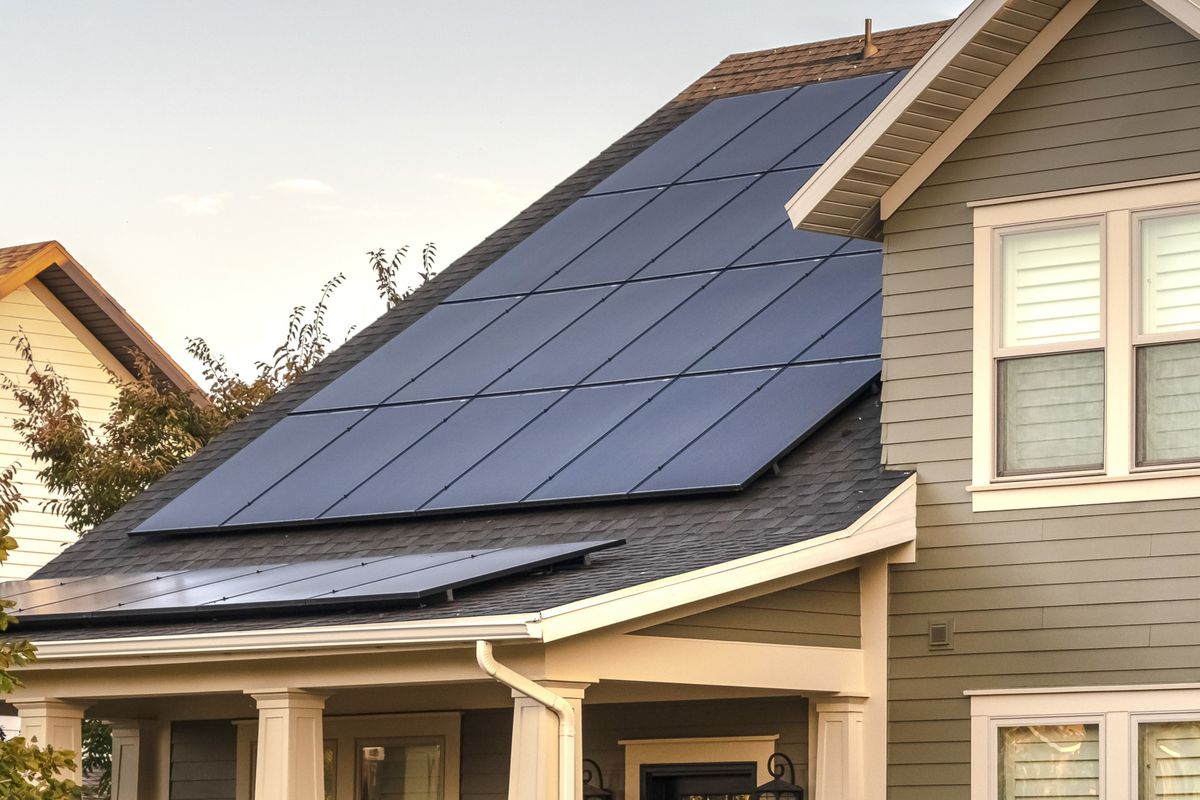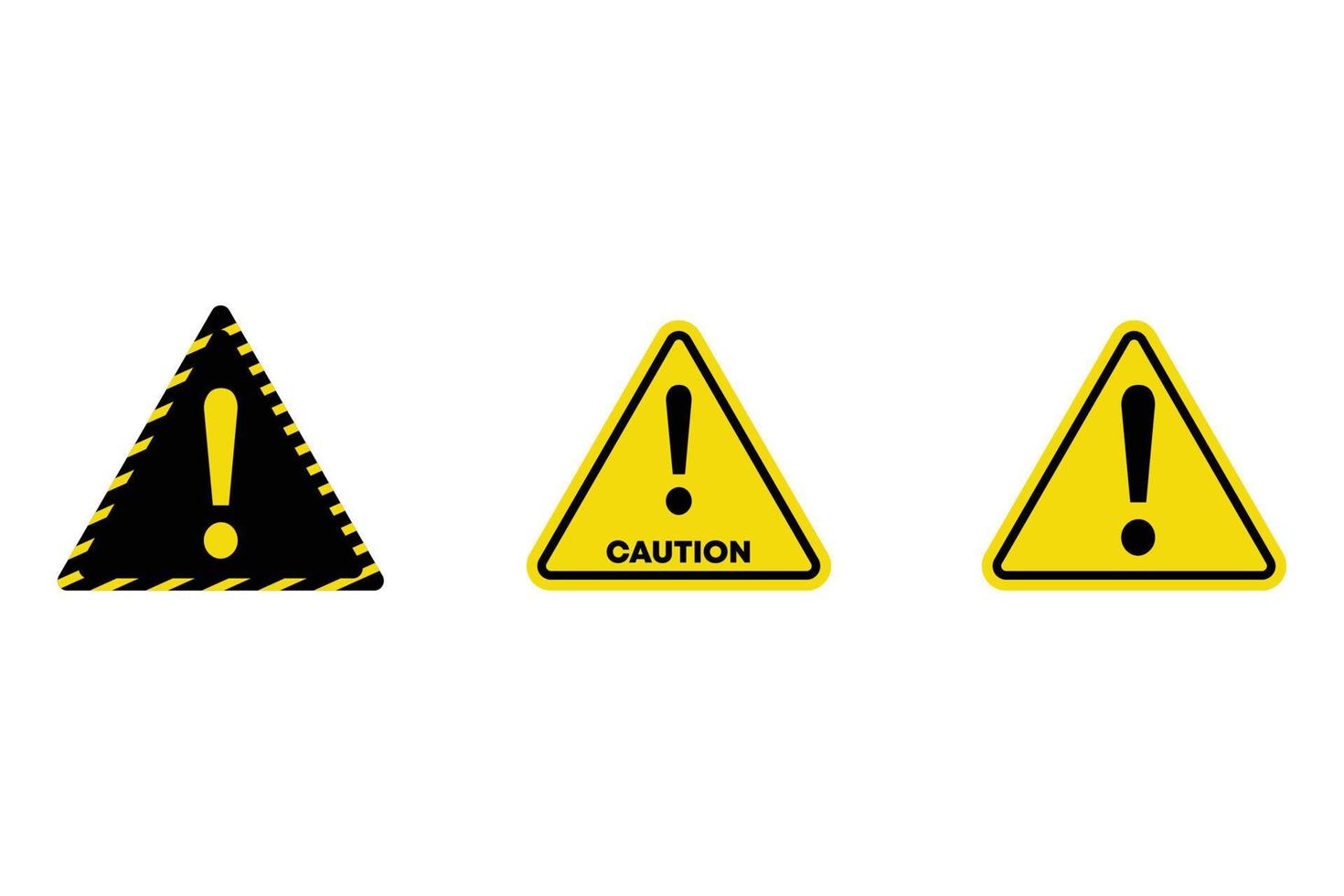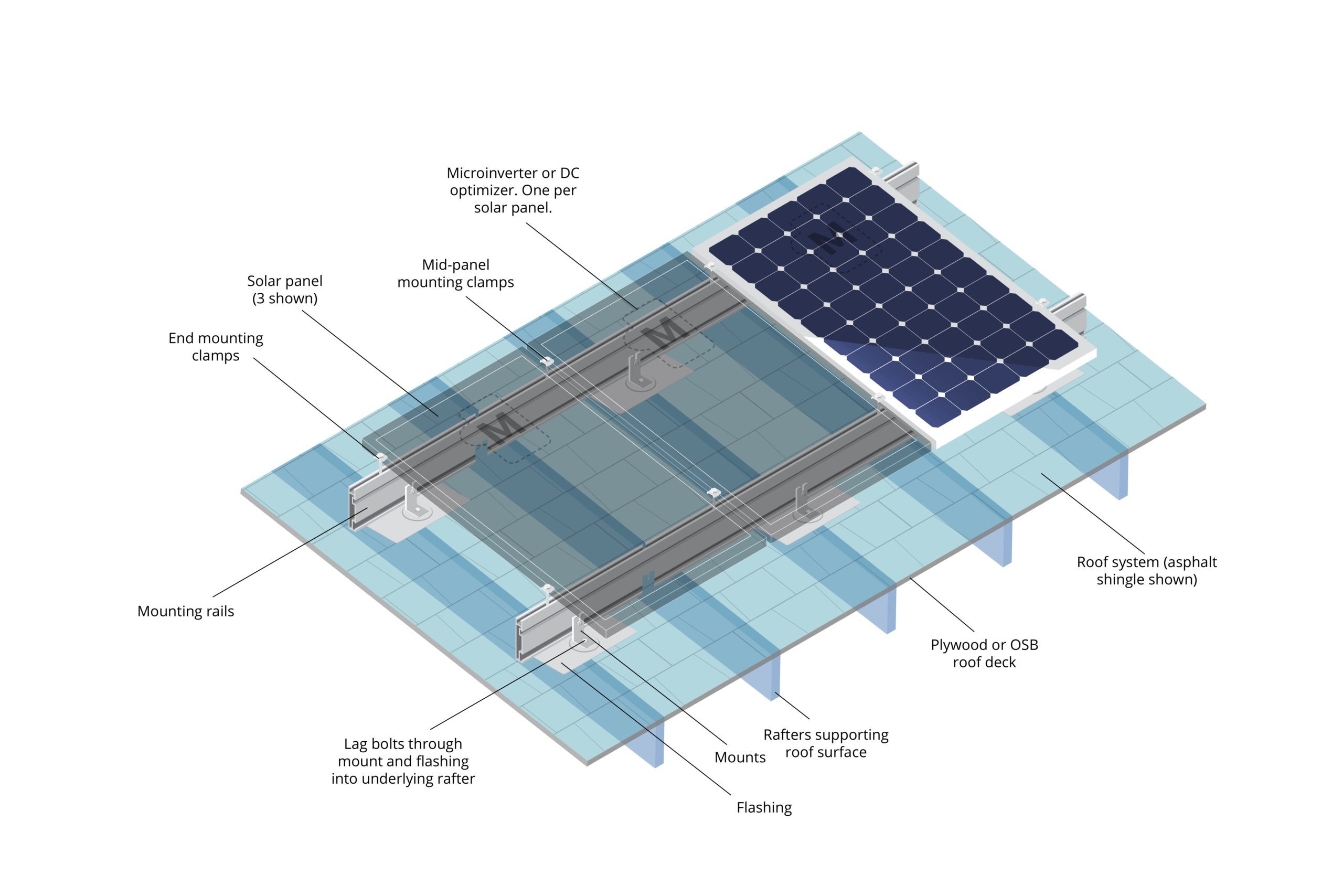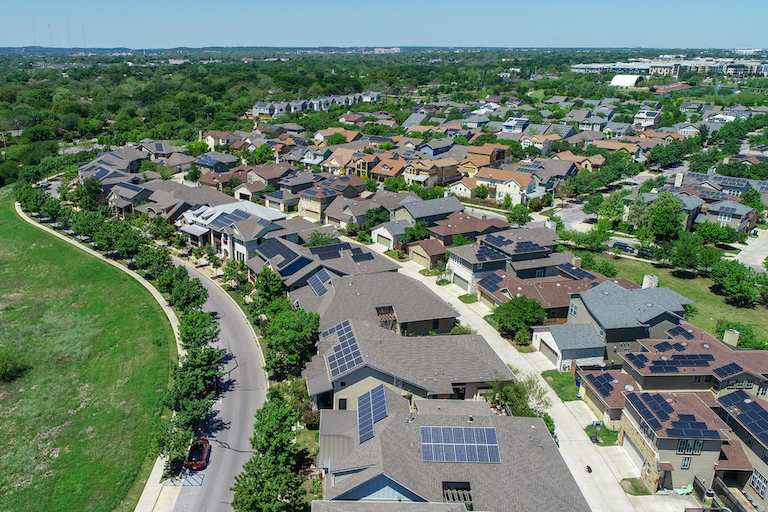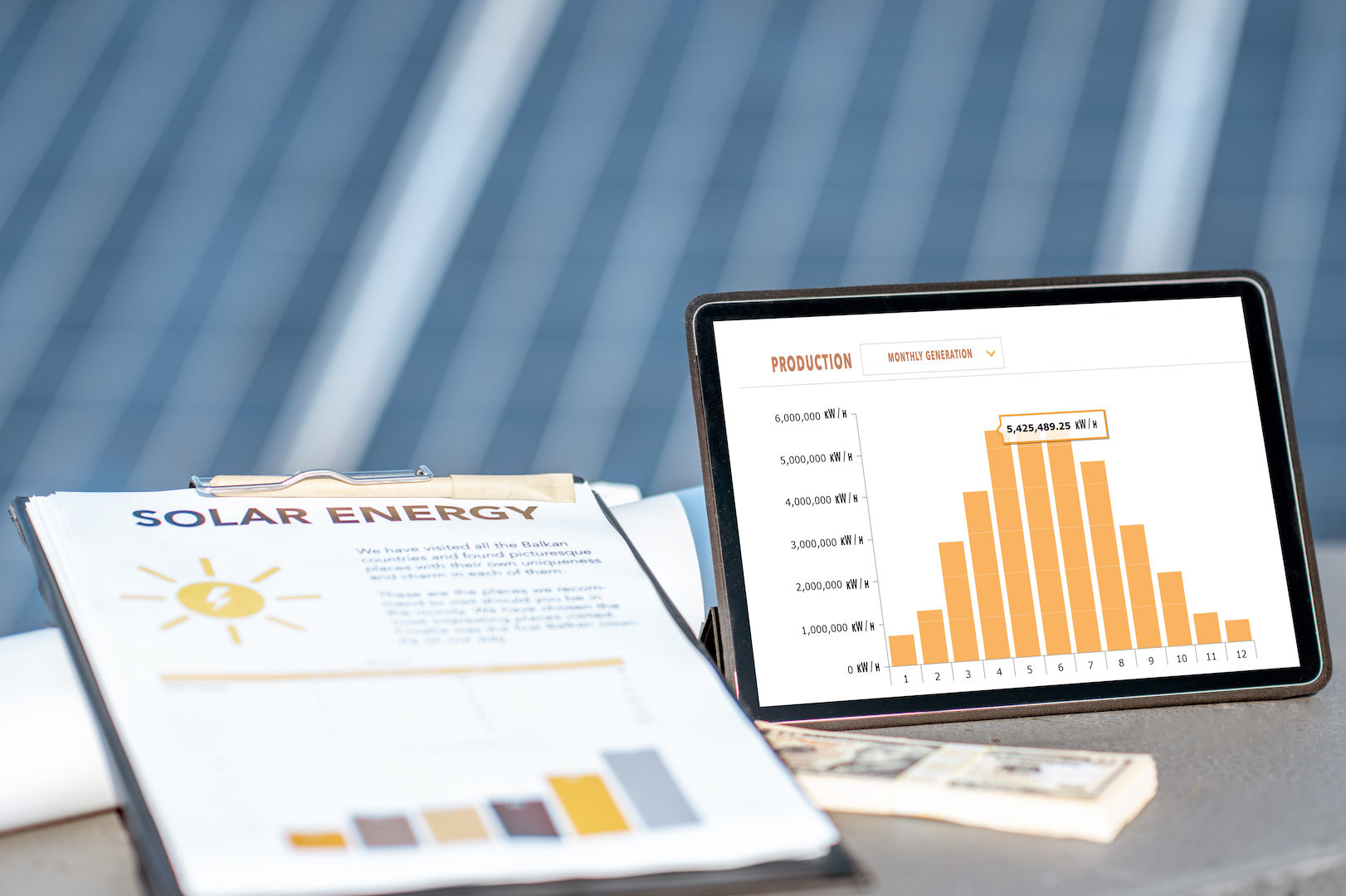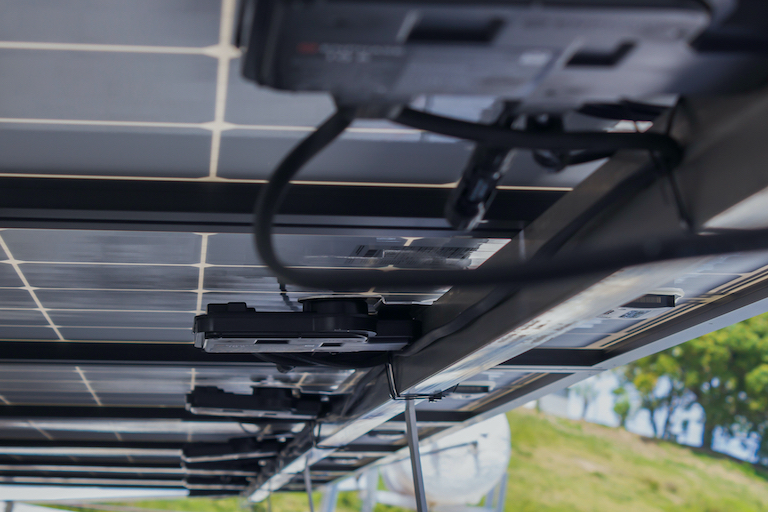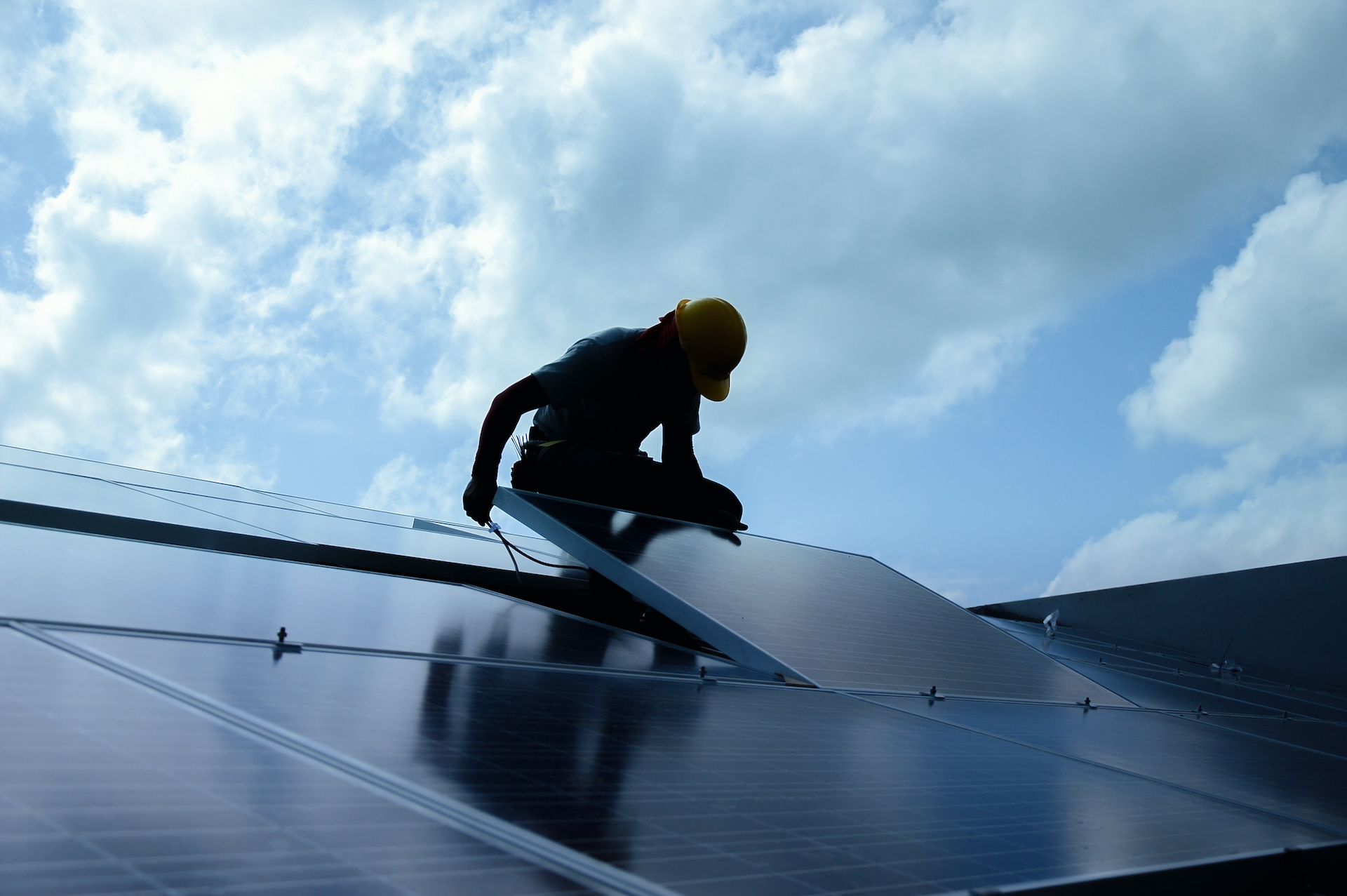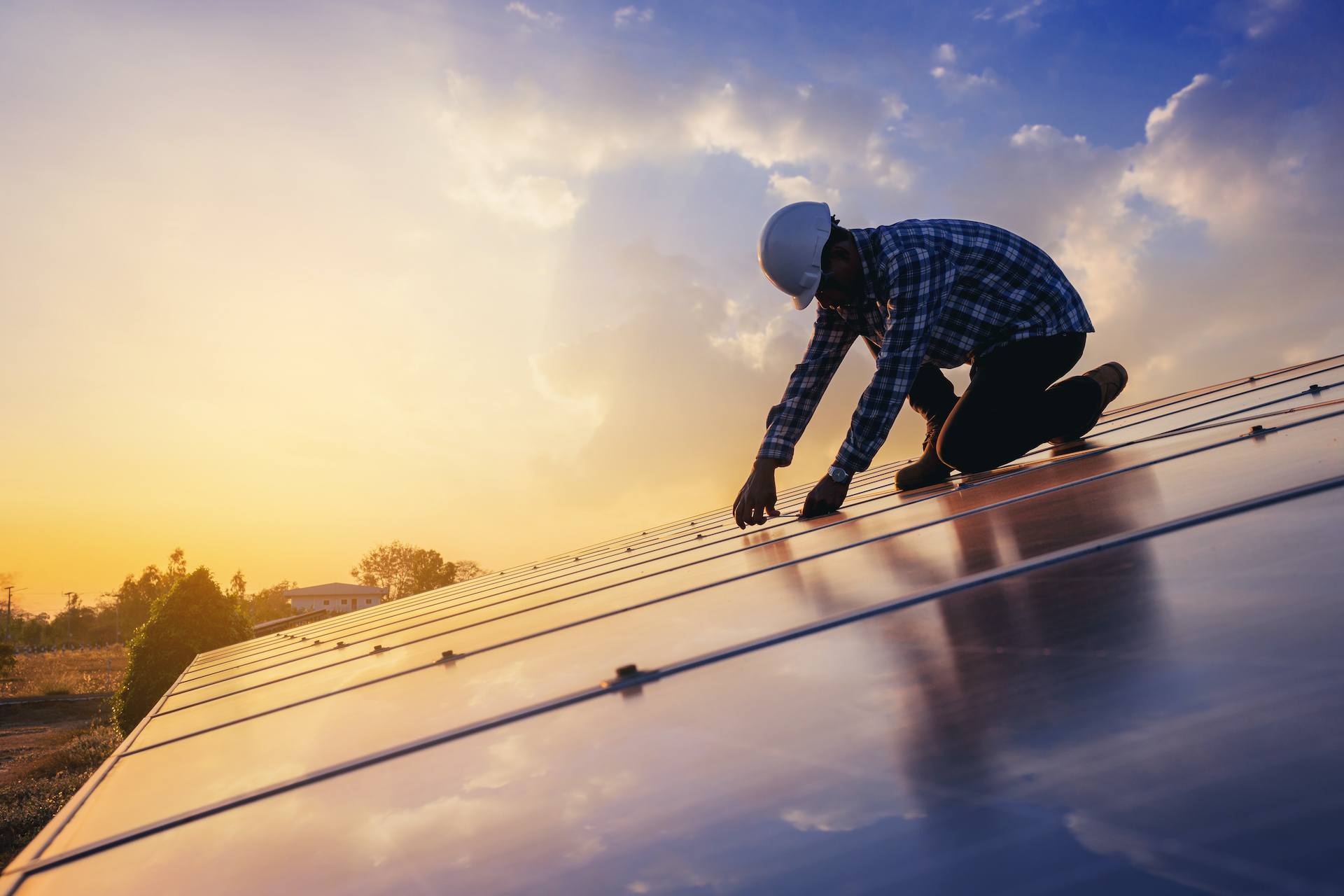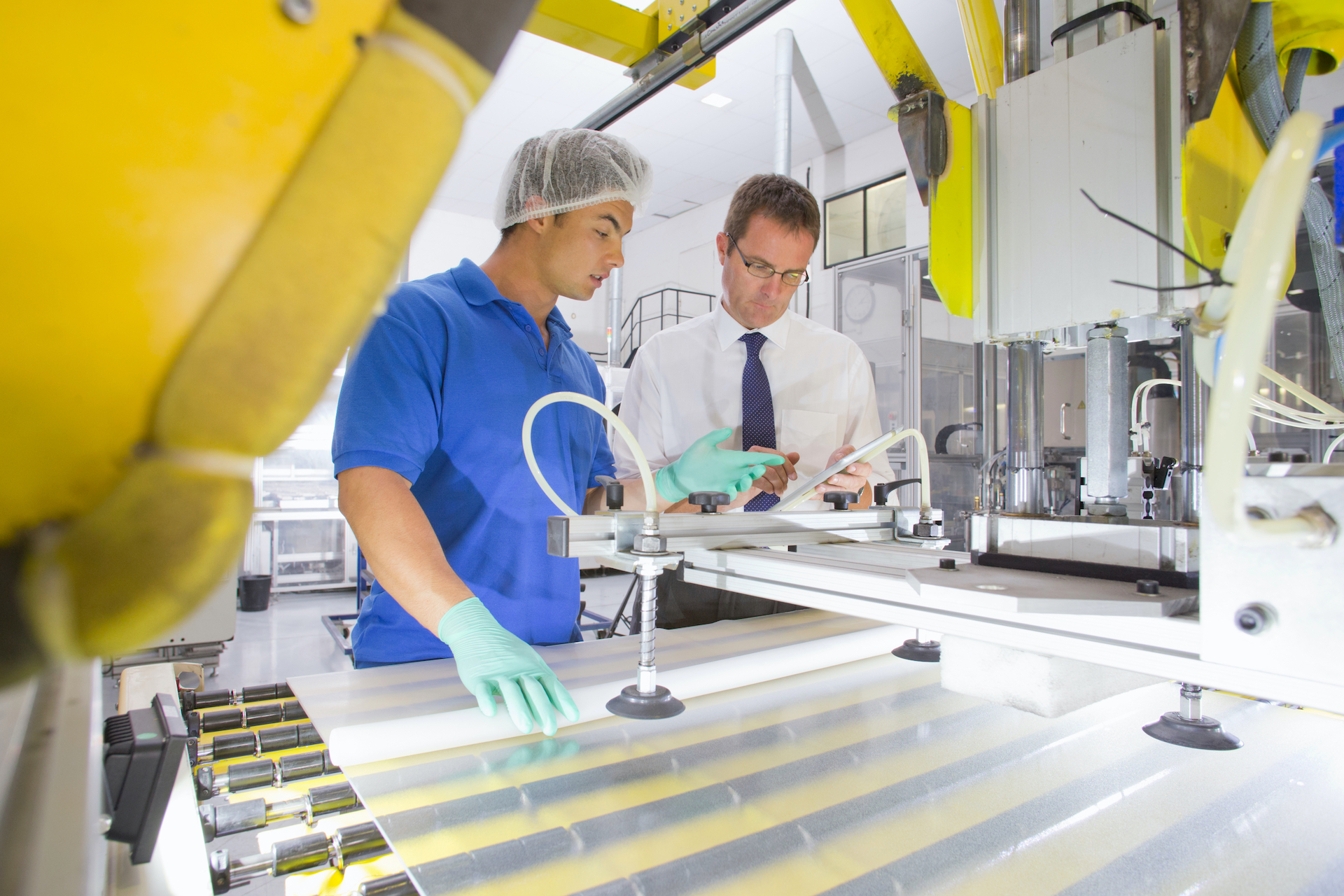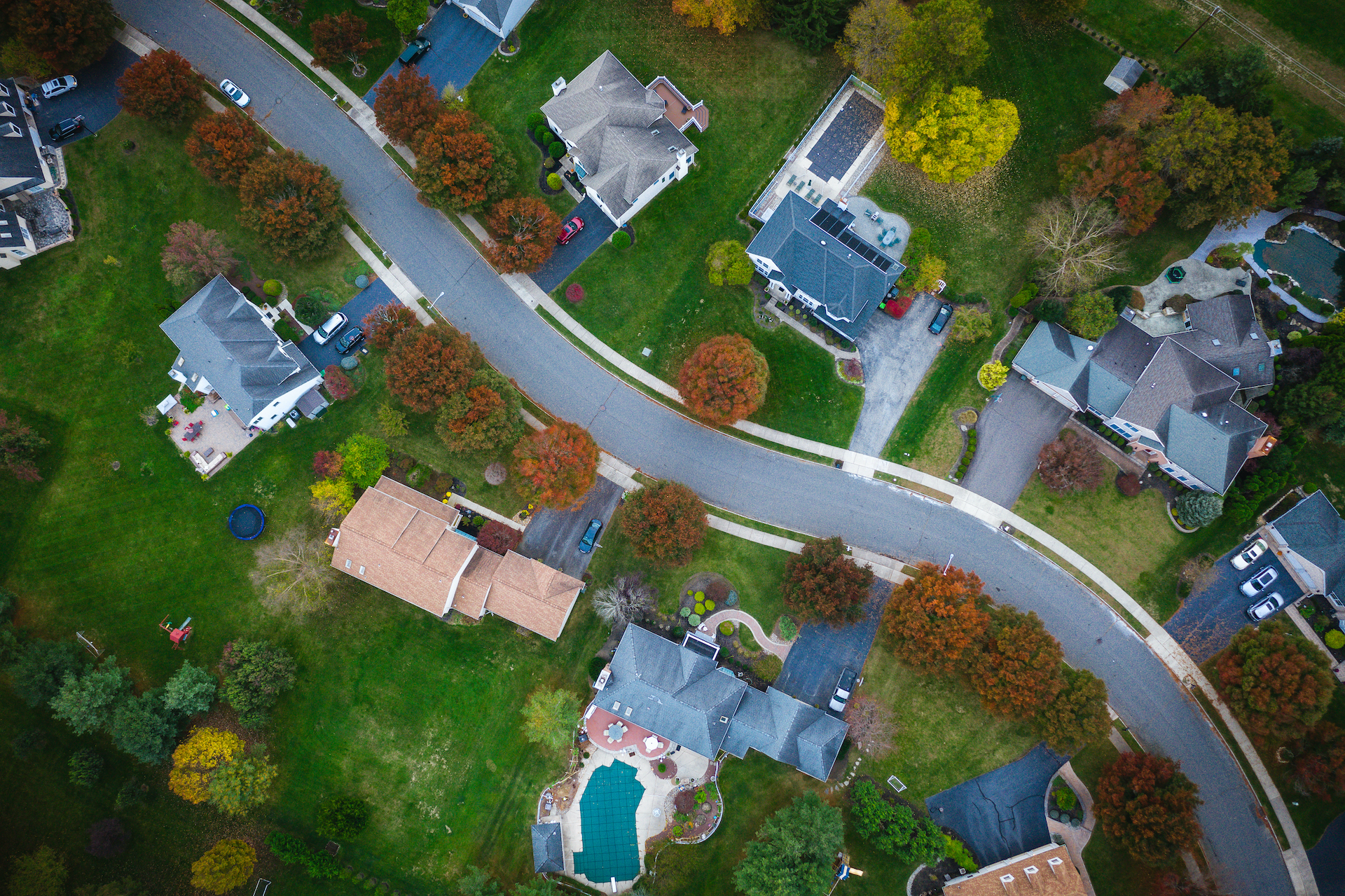Home solar system components
Solar panels get all the glory, but home solar systems have many other parts which need to work with the solar panels in order to produce clean energy. These additional parts can be separated into two main groups – mounting systems and electronics.
While storage, or solar batteries, need to be designed in concert with a home solar system, they operate somewhat independently. You can learn more about home batteries here.
Solar mounting systems are the structure which holds the solar panels in place. Electronics such as DC optimizers, microinverters and inverters perform multiple functions including converting the direct current (DC) electricity produced by the solar panels to alternating current (AC), maximizing the amount of solar energy generated by the solar panels, ensuring that the home solar system is operating safely, and collecting and communicating data about the performance of the solar panel system. We’ll discuss each in more detail below.
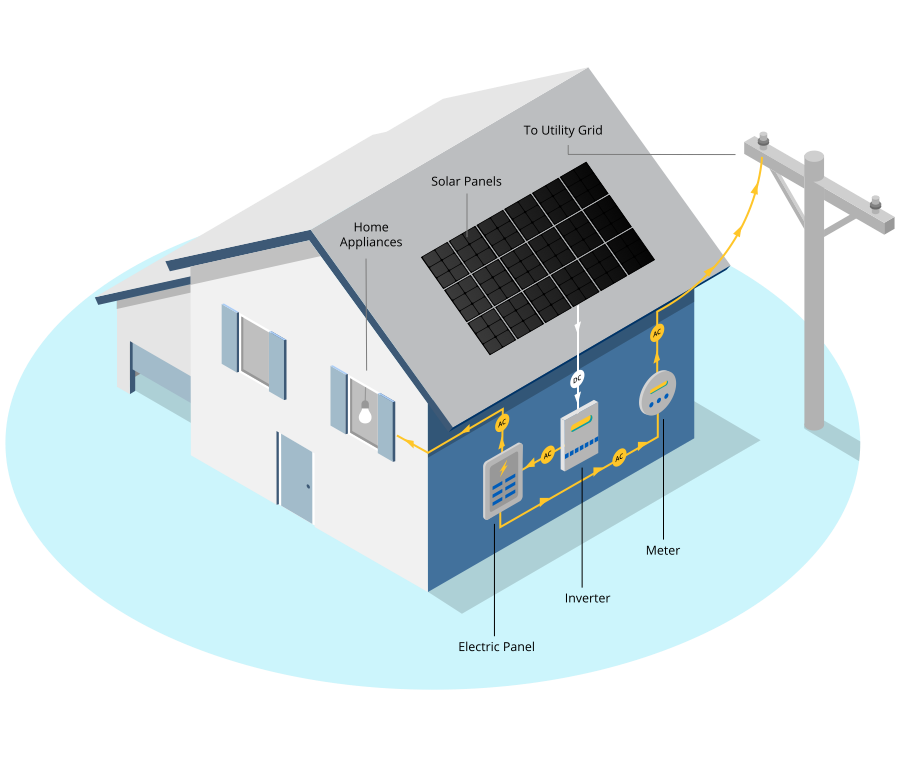
Home solar system components
Solar panels get all the glory, but home solar systems have many other parts which need to work with the solar panels in order to produce clean energy. These additional parts can be separated into two main groups – mounting systems and electronics.
While storage, or solar batteries, need to be designed in concert with a home solar system, they operate somewhat independently. You can learn more about home batteries here.
Solar mounting systems are the structure which holds the solar panels in place. Electronics such as DC optimizers, microinverters and inverters perform multiple functions including converting the direct current (DC) electricity produced by the solar panels to alternating current (AC), maximizing the amount of solar energy generated by the solar panels, ensuring that the home solar system is operating safely, and collecting and communicating data about the performance of the solar panel system. We’ll discuss each in more detail below.

How solar panels are attached to your roof
In rooftop solar panel systems on sloped roofs, mounting structures are attached through the roof to the rafters. Rooftop systems on flat roofs can be similarly attached to the roof structure or ballasted. Ballasted systems are held in place by the weight of the solar panels, mounting components and ballast (also known as “something heavy”) which are usually in the form of concrete blocks. In systems at ground-level, the structure holding the solar panels is anchored into the ground.
The most common place to install solar panels on a home is on the roof. Mounting systems for sloped roofs attach to the roof structure and hold the solar panels parallel to the roof. The structural attachment is created by attaching a lag bolt through a mounting bracket, through the roof and into the rafters. A flashing system waterproofs the hole that is created in the roof by the lag bolt.
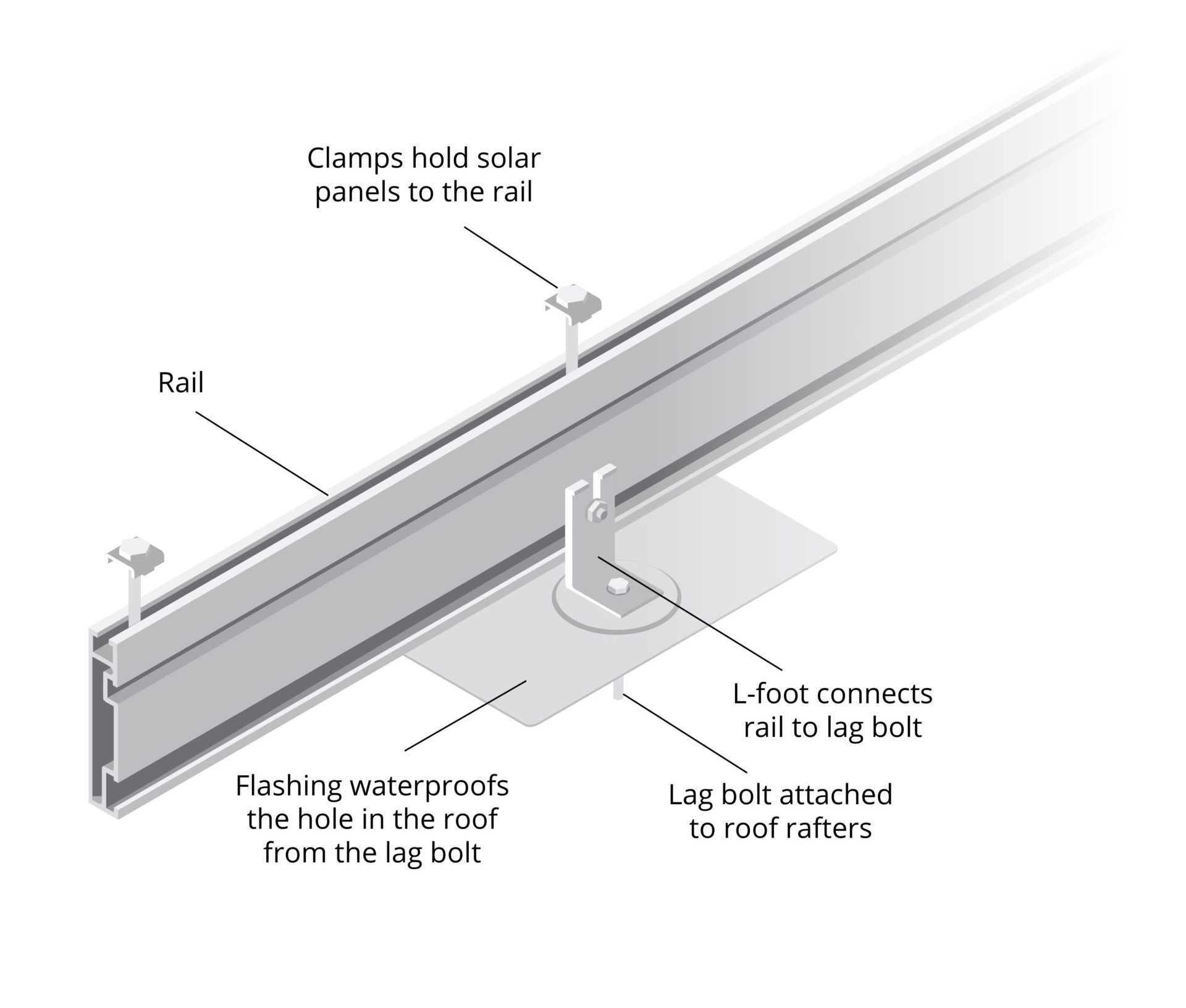
Once the solar mounting bracket is secured to the roof structure, a piece of extruded aluminum rail is bolted to the bracket and the solar panels are clamped to the rail.
The configuration of a solar mounting system is customized for your home and is engineered using wind and snow loads in your area to make sure the solar panels stay attached to your roof. For example, a home in a coastal area that will be subjected to higher wind speeds would require more attachment points and / or a heavier duty rail.

How solar panels are attached to your roof
In rooftop solar panel systems on sloped roofs, mounting structures are attached through the roof to the rafters. Rooftop systems on flat roofs can be similarly attached to the roof structure or ballasted. Ballasted systems are held in place by the weight of the solar panels, mounting components and ballast (also known as “something heavy”) which are usually in the form of concrete blocks. In systems at ground-level, the structure holding the solar panels is anchored into the ground.
The most common place to install solar panels on a home is on the roof. Mounting systems for sloped roofs attach to the roof structure and hold the solar panels parallel to the roof. The structural attachment is created by attaching a lag bolt through a mounting bracket, through the roof and into the rafters. A flashing system waterproofs the hole that is created in the roof by the lag bolt.

Once the solar mounting bracket is secured to the roof structure, a piece of extruded aluminum rail is bolted to the bracket and the solar panels are clamped to the rail.
The configuration of a solar mounting system is customized for your home and is engineered using wind and snow loads in your area to make sure the solar panels stay attached to your roof. For example, a home in a coastal area that will be subjected to higher wind speeds would require more attachment points and / or a heavier duty rail.

How solar panels are electrically connected to your home
In order to transmit power from your solar panels into your home, a series of wires, conduit, junction boxes, disconnects, and other electrical equipment are needed. The type of equipment is specified by the National Electrical Code (NEC) and ensures that the solar power is transmitted safely. Wires carry the energy from the solar panels to the inverter and then to your circuit breaker or electric panel. Conduit protects those wires from damage. Junction boxes provide safe connection points to connect wires together, and disconnects allow someone to disconnect, or isolate, different parts of the system in order to safely work on your home solar system.
These pieces of equipment and their locations are primarily dictated by local codes and utility requirements.
How solar panels are electrically connected to your home
In order to transmit power from your solar panels into your home, a series of wires, conduit, junction boxes, disconnects, and other electrical equipment are needed. The type of equipment is specified by the National Electrical Code (NEC) and ensures that the solar power is transmitted safely. Wires carry the energy from the solar panels to the inverter and then to your circuit breaker or electric panel. Conduit protects those wires from damage. Junction boxes provide safe connection points to connect wires together, and disconnects allow someone to disconnect, or isolate, different parts of the system in order to safely work on your home solar system.
These pieces of equipment and their locations are primarily dictated by local codes and utility requirements.
What solar inverters do
Solar inverters are connected to the solar panels on one side and your home’s electrical system and the utility grid on the other side. Solar inverters perform many essential functions. Their primary function is to convert the DC electricity generated by the solar panels to AC electricity which is usable in your home. Over time, solar inverters have continued to add features and functionality that are critical to ensuring that your home solar system operates safely and performs optimally.
Through a process called maximum power point tracking, solar inverters are constantly adjusting their electrical parameters to changing environmental conditions like different amounts of sunlight when clouds pass over. These adjustments allow the inverters to extract as much solar energy as possible from the solar panels.
Solar inverters also monitor the solar panels for electrical issues. They can identify and respond to safety issues like ground or arc faults and ensure that your solar panels are operating safely or shut the system down when an unsafe condition develops.
At the same time that solar inverters are managing the solar panels, they are also monitoring the incoming electricity from the utility grid. They do this for several reasons. The primary reason is to ensure that if the grid goes down, they are not exporting solar power into the grid where it could harm utility personnel who are working to restore grid power (unless you have a generator or home battery with a transfer switch which can disconnect your home from the grid). They also synchronize the power produced by the solar panels so that it is identical to power from the grid, ensuring that appliances in your home don’t know the difference between the two.
On the grid side, solar inverters continue to evolve to add functionality that can prevent variable solar power from destabilizing the grid and even perform functions that can perform services to stabilize the grid.
String inverters vs. microinverters
String inverters and microinverters are the two main types of solar inverters. The pros and cons of string inverters vs. microinverters is a much deeper discussion which we’ll leave for another time, but here’s the primary difference between the two:
String inverters are connected to one or more strings of solar panels where the solar panels are all connected to each other. The solar panels in the string may have another piece of electronics, a DC optimizer, attached to each panel which can optimize power for each panel, monitor them for faults and condition the power so that it’s delivered to the string inverter in an efficient form. There are variations on DC optimizers which selectively perform different functions at the individual solar panel level, but they’re less common. However, these panel-level electronics do not convert the DC power from the solar panels to AC power – that’s done at the string inverter.
Microinverters are paired with one or at most two solar panels and perform all the functions of an inverter at the individual solar panel level including converting DC to AC.
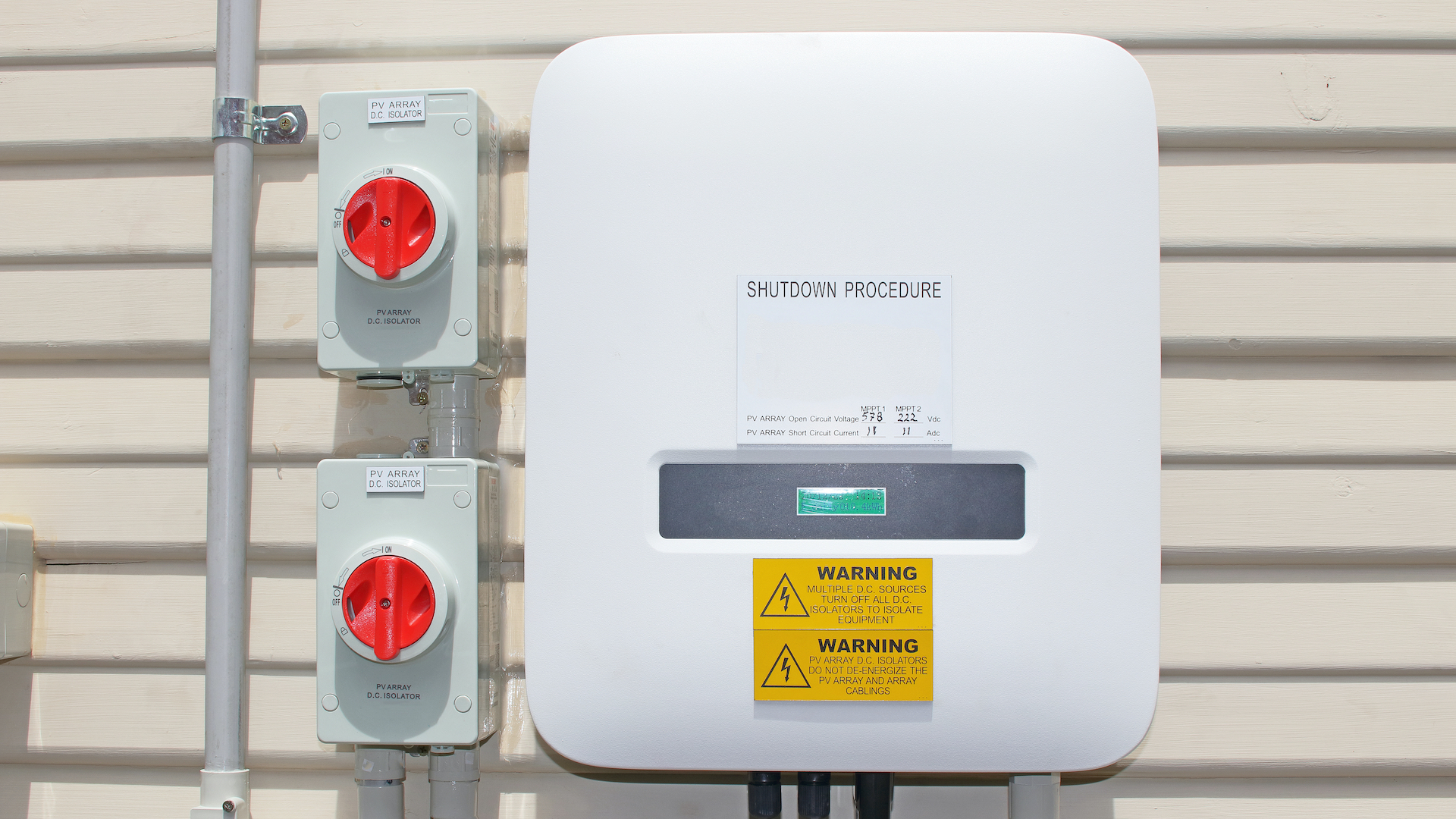
String inverter
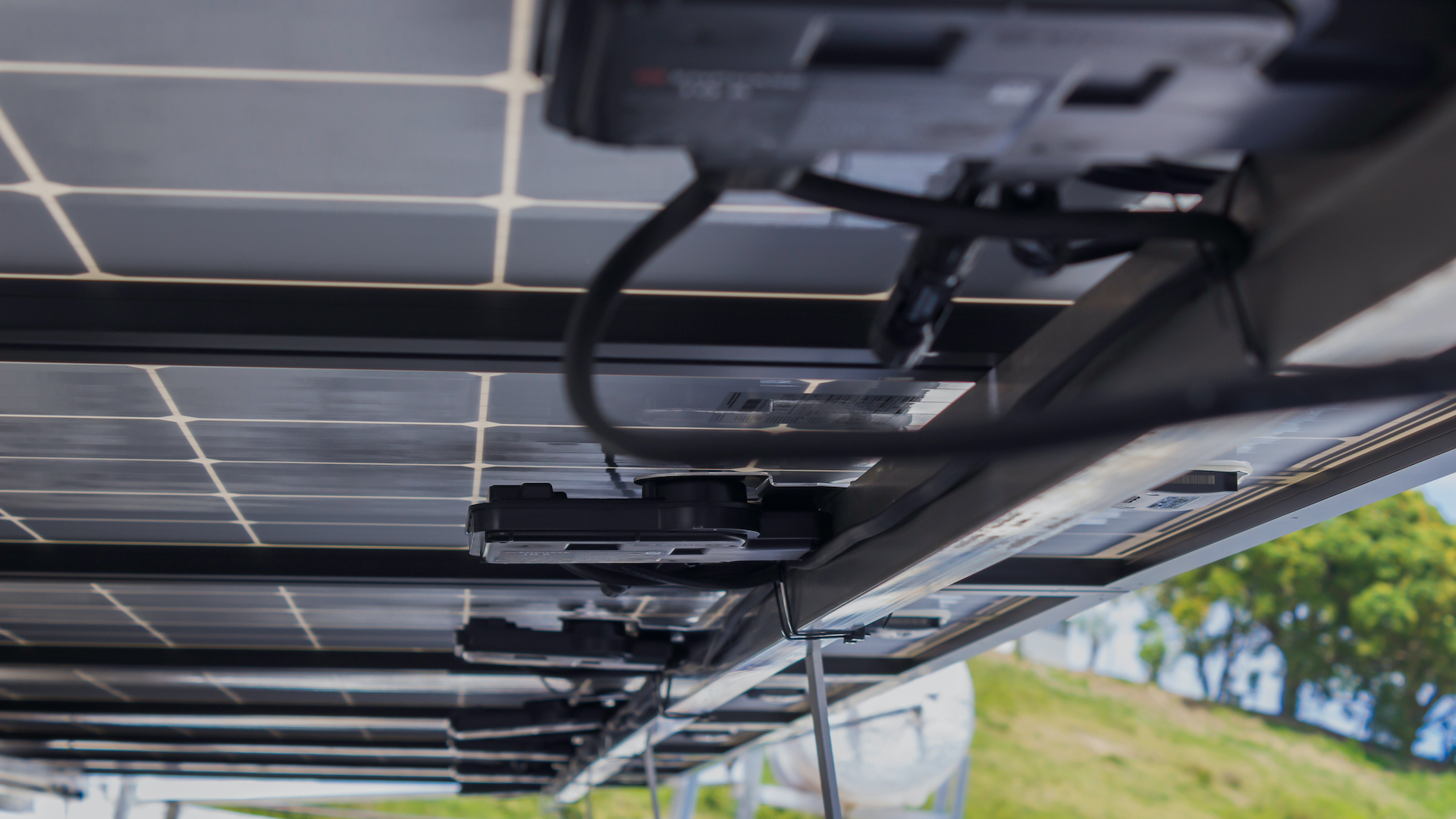
Microinverters mounted under solar panels
What solar inverters do
Solar inverters are connected to the solar panels on one side and your home’s electrical system and the utility grid on the other side. Solar inverters perform many essential functions. Their primary function is to convert the DC electricity generated by the solar panels to AC electricity which is usable in your home. Over time, solar inverters have continued to add features and functionality that are critical to ensuring that your home solar system operates safely and performs optimally.
Through a process called maximum power point tracking, solar inverters are constantly adjusting their electrical parameters to changing environmental conditions like different amounts of sunlight when clouds pass over. These adjustments allow the inverters to extract as much solar energy as possible from the solar panels.
Solar inverters also monitor the solar panels for electrical issues. They can identify and respond to safety issues like ground or arc faults and ensure that your solar panels are operating safely or shut the system down when an unsafe condition develops.
At the same time that solar inverters are managing the solar panels, they are also monitoring the incoming electricity from the utility grid. They do this for several reasons. The primary reason is to ensure that if the grid goes down, they are not exporting solar power into the grid where it could harm utility personnel who are working to restore grid power (unless you have a generator or home battery with a transfer switch which can disconnect your home from the grid). They also synchronize the power produced by the solar panels so that it is identical to power from the grid, ensuring that appliances in your home don’t know the difference between the two.
On the grid side, solar inverters continue to evolve to add functionality that can prevent variable solar power from destabilizing the grid and even perform functions that can perform services to stabilize the grid.
String inverters vs. microinverters
String inverters and microinverters are the two main types of solar inverters. The pros and cons of string inverters vs. microinverters is a much deeper discussion which we’ll leave for another time, but here’s the primary difference between the two:
String inverters are connected to one or more strings of solar panels where the solar panels are all connected to each other. The solar panels in the string may have another piece of electronics, a DC optimizer, attached to each panel which can optimize power for each panel, monitor them for faults and condition the power so that it’s delivered to the string inverter in an efficient form. There are variations on DC optimizers which selectively perform different functions at the individual solar panel level, but they’re less common. However, these panel-level electronics do not convert the DC power from the solar panels to AC power – that’s done at the string inverter.
Microinverters are paired with one or at most two solar panels and perform all the functions of an inverter at the individual solar panel level including converting DC to AC.

String inverter

Microinverters mounted under solar panels
Solar meters and monitoring
Inverters measure the amount of solar power being produced by the home solar system, and meters from your utility company measure how much solar energy is being exported back into the grid.
In addition to measuring solar energy production, inverters collect and relay data on the operation of the system, including faults and system issues. This data is transmitted through a connection to the inverter manufacturer’s servers and then to a webpage or app so that you can monitor the operation and performance of your home solar system. Most systems use your home’s existing internet service to transmit this data, though some may use a cellular connection and subscription plan.

When you install a home solar system, your utility will either provide a separate “OUT” meter or replace your current meter with a bi-directional meter which is capable of measuring both power coming into your home and power being exported from your home. Being able to measure power being exported from your home to the utility grid is needed so that you can receive credit for the energy you provide to the utility. Many utilities have a “net metering” policy which essentially means that you are compensated for energy you export to the grid at the same rate as you pay for energy you import or consume from the grid. Net metering policies vary widely by state and utility in how they function. To find out more about your state or utility’s specific net metering policy, visit dsireusa.org, enter your zip code and look for “Net Metering”. You can also find information on net metering on your utility website.
Solar meters and monitoring
Inverters measure the amount of solar power being produced by the home solar system, and meters from your utility company measure how much solar energy is being exported back into the grid.
In addition to measuring solar energy production, inverters collect and relay data about the operation of the system, including faults and system issues. This data is transmitted through a connection to the inverter manufacturer’s servers and then to a webpage or app so that you can monitor the operation and performance of your home solar system. Most systems use your home’s existing internet service to transmit this data, though some may use a cellular connection and subscription plan.

When you install a home solar system, your utility will either provide a separate “OUT” meter or replace your current meter with a bi-directional meter which is capable of measuring both power coming into your home and power being exported from your home. Being able to measure power being exported from your home to the utility grid is needed so that you can receive credit for the energy you provide to the utility. Many utilities have a “net metering” policy which essentially means that you are compensated for energy you export to the grid at the same rate as you pay for energy you import or consume from the grid. Net metering policies vary widely by state and utility in how they function. To find out more about your state or utility’s specific net metering policy, visit dsireusa.org, enter your zip code and look for “Net Metering”. You can also find information on net metering on your utility website.
Summary
The bottom line is that there are many components other than solar panels in a home solar system, and all are crucial for the system to operate safely and efficiently. When considering your solar options, you’ll want to be sure that you understand a few different aspects for each of these components.
Make sure you know what products are being used
This sounds obvious, but some solar contractors don’t tell the homeowner which product they plan on using and not all products are equal. All products have different features and certain manufacturers have better reputations for quality. Don’t take these components for granted – make sure you ask what’s being used and why.
Review the product warranties
All major system components should have a 25 year warranty. At a minimum, they should be in line with the rest of the industry in terms of coverage and length.
Most warranties only provide replacement parts and it’s up to you to pay someone to replace the defective part so it’s important to understand what the manufacturer is responsible for and what you are responsible for in a warranty situation.
Learn about the product manufacturers
Manufacturers should have a reputation for making quality products and promptly servicing any warranty claims. But it’s also important that the manufacturer is in good financial condition. The greatest warranty in the world is worthless if the manufacturer isn’t in business anymore.
Pick a quality contractor
A good solar contractor should have training from the product manufacturers or industry organizations, good experience and a focus on high quality work. The best products in the world don’t perform properly if they’re not installed correctly.
Summary
The bottom line is that there are many components other than solar panels in a home solar system, and all are crucial for the system to operate safely and efficiently. When considering your solar options, you’ll want to be sure that you understand a few different aspects for each of these components.
Make sure you know what products are being used
This sounds obvious, but some solar contractors don’t tell the homeowner which product they plan on using and not all products are equal. All products have different features and certain manufacturers have better reputations for quality. Don’t take these components for granted – make sure you ask what’s being used and why.
Review the product warranties
All major system components should have a 25 year warranty. At a minimum, they should be in line with the rest of the industry in terms of coverage and length.
Most warranties only provide replacement parts and it’s up to you to pay someone to replace the defective part so it’s important to understand what the manufacturer is responsible for and what you are responsible for in a warranty situation.
Learn about the product manufacturers
Manufacturers should have a reputation for making quality products and promptly servicing any warranty claims. But it’s also important that the manufacturer is in good financial condition. The greatest warranty in the world is worthless if the manufacturer isn’t in business anymore.
Pick a quality contractor
A good solar contractor should have training from the product manufacturers or industry organizations, good experience and a focus on high quality work. The best products in the world don’t perform properly if they’re not installed correctly.
Sound like a lot of information to gather and sort through? Solar manufacturers, products, systems and installation best practices continue to change rapidly and if you’re not in the industry on a daily basis it’s nearly impossible to keep track of the latest developments.
This is why we started Sentinel – to lend homeowners our solar expertise and ensure that they’re getting the best equipment and system at a fair price. Our comprehensive process includes reviewing contractor quotes and providing homeowners with feedback on proposed equipment and warranties.
Learn more about how we do this here or get started with a free Solar Assessment.
Sound like a lot of information to gather and sort through? Solar manufacturers, products, systems and installation best practices continue to change rapidly and if you’re not in the industry on a daily basis it’s nearly impossible to keep track of the latest developments.
This is why we started Sentinel – to lend homeowners our solar expertise and ensure that they’re getting the best equipment and system at a fair price. Our comprehensive process includes reviewing contractor quotes and providing homeowners with feedback on proposed equipment and warranties.
Learn more about how we do this here or get started with a free Solar Assessment.
Have a question about home solar system components or anything else? Send us a message and we’ll get back to you ASAP.
Have a question about home solar system components or anything else? Send us a message and we’ll get back to you ASAP.
Learn about solar
Find honest answers to some of the most commonly asked questions on home solar and clean energy.



